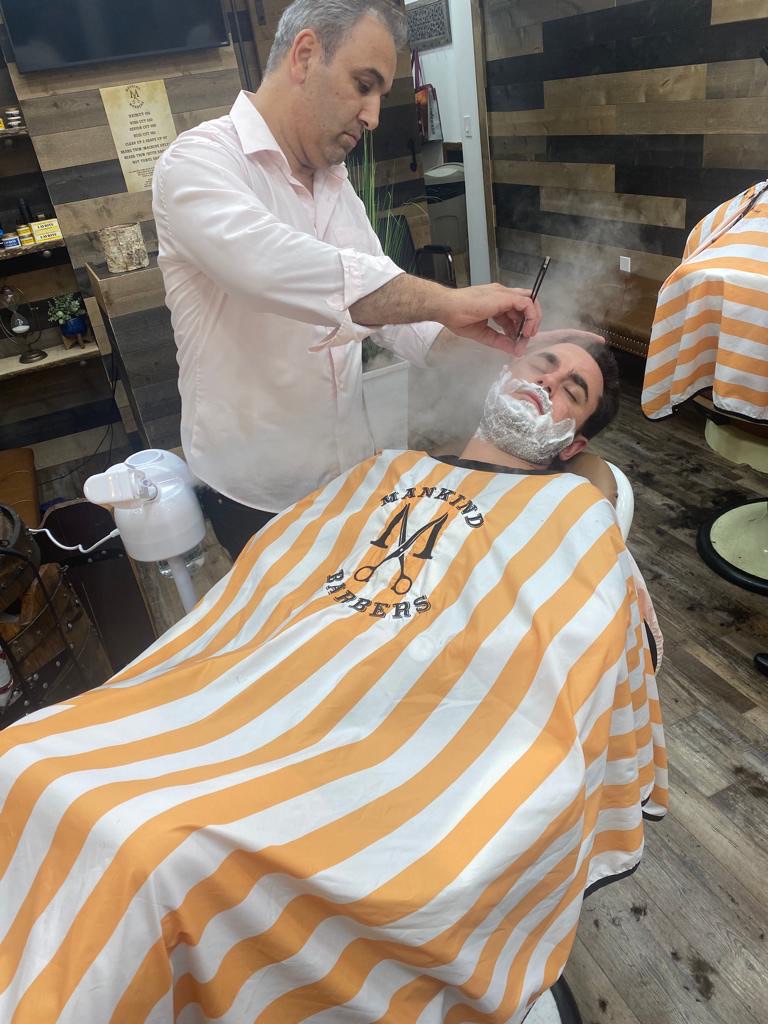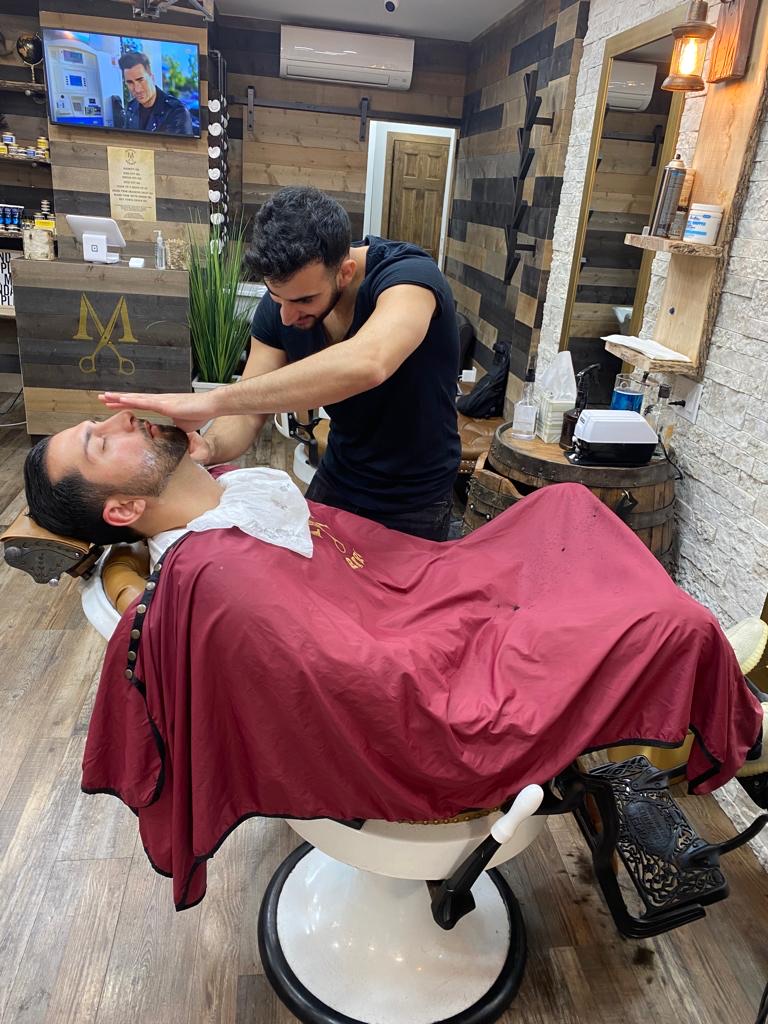Frequently Asked Questions
When mastering the art of straight razor shaving, proper grip and technique are paramount for achieving a close, comfortable shave while minimizing the risk of nicks and cuts. The most effective method involves holding the straight razor with a firm yet relaxed grip, utilizing the thumb and index finger to cradle the tang, while the remaining fingers rest along the handle for stability. This grip allows for optimal control and maneuverability, essential for navigating the contours of the face and neck. Additionally, angling the blade at approximately 30 degrees to the skin enhances the cutting efficiency, ensuring that the sharp edge glides smoothly over the epidermis. Employing short, deliberate strokes rather than long, sweeping motions can further reduce the likelihood of irritation and enhance precision. Furthermore, maintaining a steady hand and using a light touch will help in achieving a seamless shave, while the use of pre-shave oils and quality shaving creams can provide additional lubrication, facilitating a more enjoyable experience. Overall, the combination of a secure grip, proper angle, and mindful technique is crucial for anyone looking to excel in the traditional practice of straight razor shaving.
To properly strop a straight razor before use, one must first ensure that the strop is securely anchored to a stable surface, allowing for a smooth and controlled stropping motion. The individual should hold the razor by its tang, with the blade facing away from the body, and begin by placing the blade flat against the leather strop, applying light pressure to maintain contact without damaging the edge. The stropping motion should be executed in a sweeping arc, moving from the heel to the toe of the blade, and then flipping the razor over to repeat the process on the reverse side, ensuring that the spine leads the motion to preserve the razor's geometry. This technique not only aligns the microscopic teeth of the edge but also removes any burrs or imperfections, enhancing the razor's sharpness and performance. Regular stropping, ideally performed before each shave, is essential for maintaining the longevity of the blade and achieving a smooth, irritation-free shave.
When it comes to achieving the perfect shave with a straight razor, the choice of shaving cream or soap plays a crucial role in ensuring a smooth and comfortable experience. High-quality, glycerin-based shaving soaps are often favored for their ability to create a rich, protective lather that provides excellent glide, reducing the risk of nicks and irritation. Additionally, creams infused with natural oils, such as coconut or jojoba, can enhance hydration and nourish the skin, making them ideal for those with sensitive skin. Moreover, artisan shaving soaps that contain tallow or shea butter are known for their luxurious, creamy texture and superior slickness, which helps the straight razor effortlessly glide over the skin. Fragrance-free options or those with soothing ingredients like aloe vera or chamomile are particularly beneficial for individuals prone to razor burn. Ultimately, the best shaving products for straight razors are those that prioritize hydration, protection, and glide, ensuring a close, irritation-free shave.
To prevent nicks and cuts while using a straight razor, one must prioritize proper technique and preparation. First, ensuring the skin is adequately hydrated through a warm shower or a hot towel application can soften the facial hair and open the pores, facilitating a smoother glide. Utilizing a high-quality shaving cream or soap that provides ample lubrication is essential, as it creates a protective barrier between the blade and the skin. The angle of the blade should be maintained at approximately 30 degrees, allowing for optimal contact without excessive pressure, which can lead to mishaps. Employing short, controlled strokes rather than long, sweeping motions minimizes the risk of losing control of the razor. Additionally, regular maintenance of the blade, including honing and stropping, ensures that it remains sharp and effective, reducing the likelihood of tugging or pulling on the hair. Finally, practicing patience and mindfulness during the shaving process can significantly enhance precision, ultimately leading to a smoother, safer shave with fewer nicks and cuts.
The ideal angle for shaving with a straight razor typically hovers around 30 to 45 degrees, which is crucial for achieving a close and comfortable shave while minimizing the risk of nicks and irritation. At this optimal angle, the blade's edge can effectively engage the hair follicles without applying excessive pressure, allowing for a smooth glide across the skin. This technique not only enhances the precision of the shave but also promotes better control over the razor's movement, facilitating the removal of stubble and ensuring a clean finish. Additionally, maintaining this angle helps in reducing the likelihood of razor burn and ingrown hairs, which are common concerns for those utilizing traditional wet shaving methods. Proper technique, combined with the right angle, ultimately contributes to an enjoyable grooming experience, showcasing the artistry involved in straight razor shaving.

